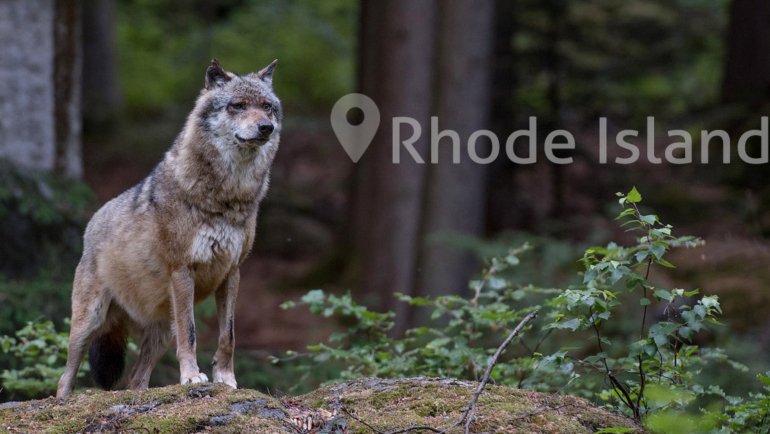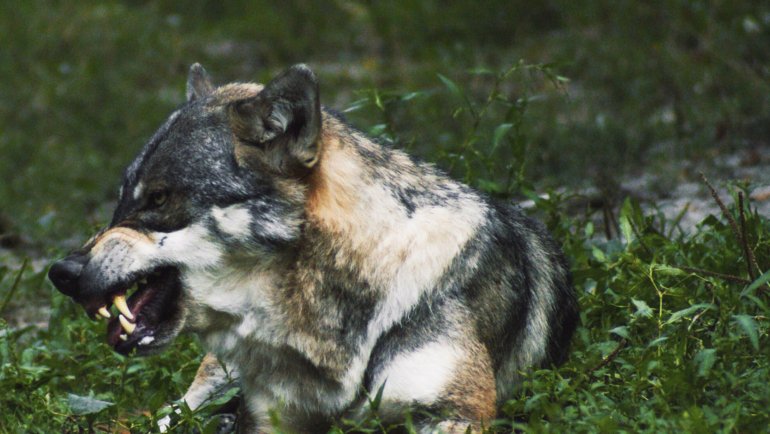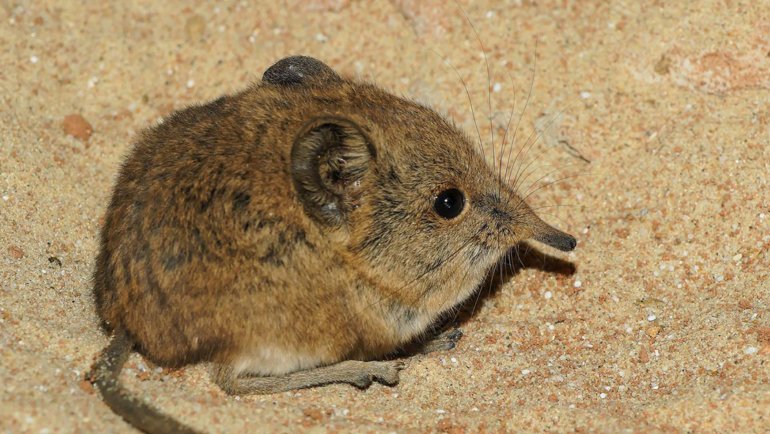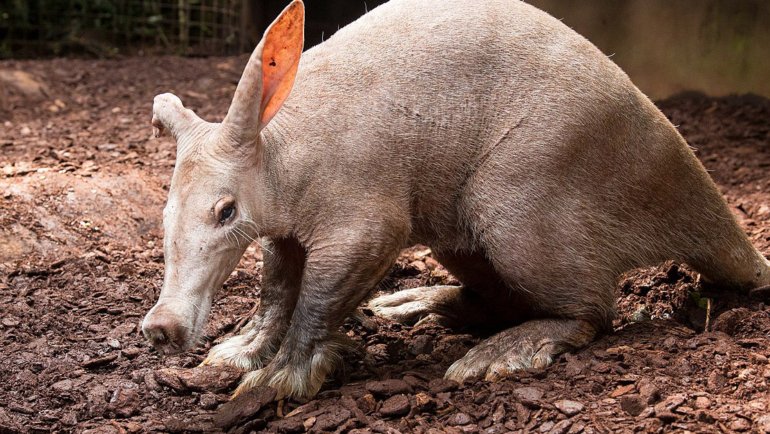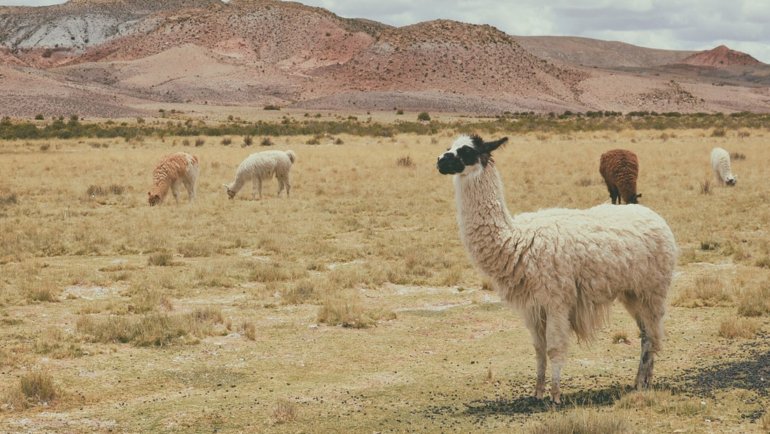Welcome to the fascinating world of the brown bear, a magnificent creature that has inspired folklore, art, and admiration throughout human history.
Often viewed as a symbol of strength and wilderness, the brown bear is an incredible survivor who has adapted to a variety of habitats around the world. In this comprehensive fact sheet, you’ll discover everything you need to know about this remarkable animal, from its biology and behavior to its role in ecosystems and conservation status.
The Brown Bear at a Glance
Classification
| Kingdom: | Animalia |
| Phylum: | Chordata |
| Class: | Mammalia (Mammals) |
| Order: | Carnivora |
| Family: | Ursidae |
| Genus: | Ursus |
| Species: | U. arctos |
Essential Information
| Average Size: | 5-9 feet (1.5-2.7m) |
| Average Weight: | 300-860 lbs (136-390kg) |
| Average Lifespan: | 20-30 years |
| Geographical Range: | North America, Europe, Asia |
| Conservation Status: | Least Concern to Endangered depending on the subspecies (IUCN Red List) |
Species and Subspecies
The brown bear is scientifically classified as Ursus arctos, and it has several subspecies adapted to different regions. Some notable subspecies include:
- Ursus arctos horribilis: The grizzly bear, found primarily in North America.
- Ursus arctos arctos: The Eurasian brown bear, common in Europe and parts of Asia.
- Ursus arctos beringianus: The Kamchatka brown bear, native to the Kamchatka Peninsula in Russia.
- Ursus arctos syriacus: The Syrian brown bear, which is critically endangered and found in a few areas in the Middle East.
Key Differences:
- Size: Grizzly bears are generally larger compared to Eurasian brown bears.
- Coloration: The Kamchatka brown bear often has a darker coat.
- Range: The geographical range varies significantly among subspecies.
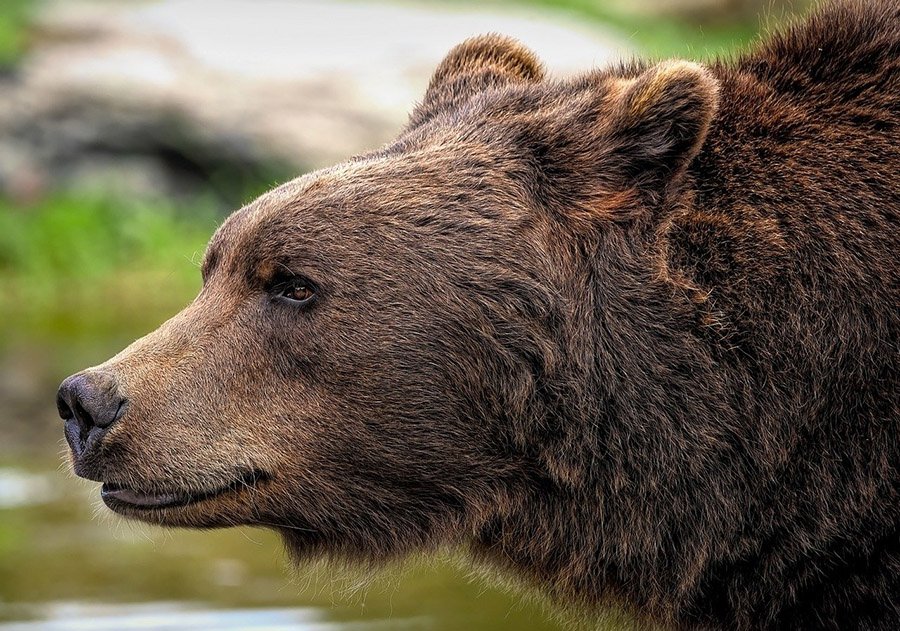
Description
The brown bear is an awe-inspiring mammal, distinguished by its robust build and thick fur, which can vary in color from blonde to dark brown or even black.
The bear has a large head, a hump on its shoulders (more prominent in some subspecies like the grizzly), and powerful limbs, equipped with strong, non-retractable claws. These claws can measure up to 6 inches (15 cm) and are an essential tool for digging, climbing, and catching prey.
Generally, males are larger and heavier than females. While a male can weigh up to 860 pounds (390 kg), females usually weigh between 300 and 650 pounds (136-295 kg).
Habitat and Distribution
Brown bears inhabit a variety of habitats, ranging from the icy expanses of the Arctic tundra to temperate forests and mountainous regions.
Their geographical distribution is extensive and includes North America, Europe, and Asia. Within these continents, the specific range of the bear can vary depending on the subspecies.
For example, grizzly bears are mainly found in North American states like Alaska and parts of Canada, while Eurasian brown bears roam in areas like Scandinavia and Russia.
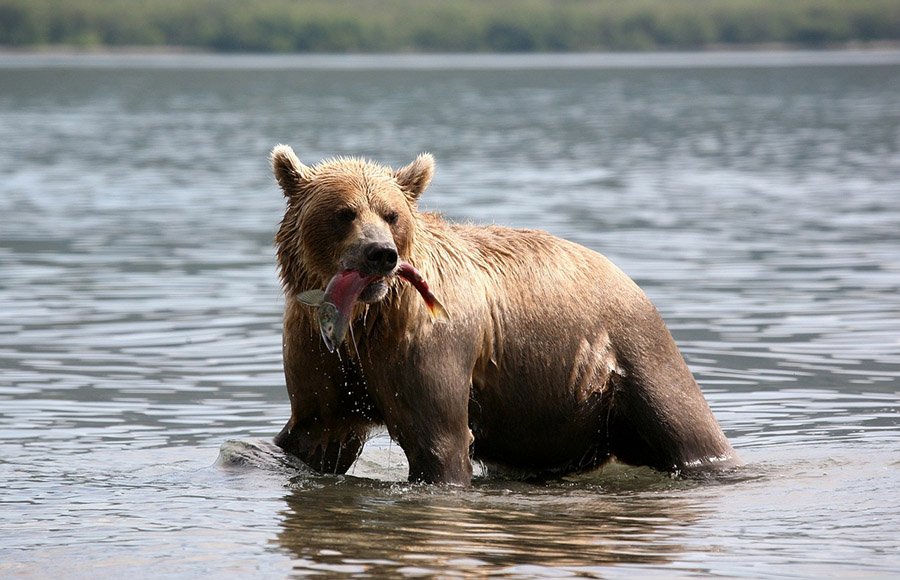
Behavior
Brown bears are generally diurnal creatures, but human activity can push them to become more nocturnal to avoid conflict. They are not strictly solitary but tend to have a more independent lifestyle compared to other social mammals. Family units consist of mothers and their cubs, while adult males are often solitary.
Communication: Brown bears use a range of vocalizations, body postures, and markings to communicate. Growling, woofing, and moaning are common sounds, especially during confrontations or mating. Scent-marking, through rubbing their bodies on trees, helps mark territory and signal social standing.
Hibernation: One fascinating aspect of brown bear behavior is hibernation. They go into hibernation during winter, especially in colder regions, to conserve energy. During this period, they live off their stored body fat.
Social Structure: While generally independent, brown bears do have a complex social structure built on hierarchies, often established through displays of aggression or submission.
Diet and Feeding Behavior
Brown bears are omnivorous by nature, demonstrating a diverse diet that includes berries, roots, and other plant material, as well as fish, small mammals, and carrion. The type of food available to them largely depends on their habitat and the season.
Brown bears are opportunistic feeders. While they do hunt, they are also skilled foragers. They are known for their fishing abilities, standing in rivers to catch salmon during spawning season. Their powerful forelimbs are used for digging up roots and their keen sense of smell aids in locating food.
Predators
Adult brown bears have few natural predators due to their size and strength. However, they do face threats from other bears during territorial disputes or over access to mates and food.
Young cubs are vulnerable and may fall prey to adult male brown bears, wolves, or large birds of prey when left unattended. This is one reason why mother bears are exceptionally protective of their young.

Reproduction and Life Cycle
Brown bears usually mate between May and July. Males often engage in fierce fights to win over a female. These battles can result in serious injuries, given the bears’ immense strength and sharp claws.
After mating, females go through a gestation period that lasts around 180 to 266 days. This period includes delayed implantation, where the fertilized egg doesn’t implant in the uterus until the female enters hibernation.
Typically, a litter consists of 1 to 4 cubs, although 2 to 3 are most common. Cubs are born blind, toothless, and weigh only about 1 pound (0.45 kg). They are highly dependent on their mothers and usually stay with them for about 2.5 years, learning essential life skills.
Conservation and Threats
Brown bears are currently listed as “Least Concern” by the IUCN, although their status varies by specific location. Some subpopulations are critically endangered, particularly those in the European region.
The main threats facing brown bears include habitat loss, human-wildlife conflict, and hunting. In some areas, they are hunted for their pelts, body parts, or as trophies, which contributes to the decline in their population.
Numerous organizations and government bodies are working to conserve the brown bear habitat and promote coexistence strategies between bears and humans. Some areas have established bear sanctuaries, while conservationists also focus on education and community outreach to reduce human-bear conflicts.
Fun Facts
- Brown bears have an exceptional sense of smell, even better than that of a dog, which helps them locate food from miles away.
- Despite their massive size, brown bears are excellent swimmers and climbers.
- Brown bears can run up to 30 miles per hour (48 km/h) for short distances.
- They have a “sixth toe,” a special adaptation that gives them better distribution of weight for their massive bodies.
- Brown bears don’t fully hibernate; they enter a state called “torpor,” where their metabolic rate drops but they can wake up if disturbed.
Frequently Asked Questions
How big can brown bears get?
Adult males can weigh between 500 to 900 pounds (227 to 408 kg) and can stand up to 8 feet (2.4 meters) tall on their hind legs. Females are generally smaller.
Do brown bears hibernate?
They go into a state of torpor, a form of light hibernation where they can still be easily awakened, although their metabolic rate significantly drops.
Are brown bears aggressive?
Brown bears are generally solitary and tend to avoid humans. However, they can become aggressive if surprised or if they feel threatened, especially if cubs are involved.
What do brown bears eat?
Brown bears are omnivorous and have a varied diet that can include fish, small mammals, berries, roots, and carrion, depending on availability and season.
How long do brown bears live?
In the wild, brown bears can live up to 25-30 years, while bears in captivity may live slightly longer due to a lack of predators and a more stable food supply.

